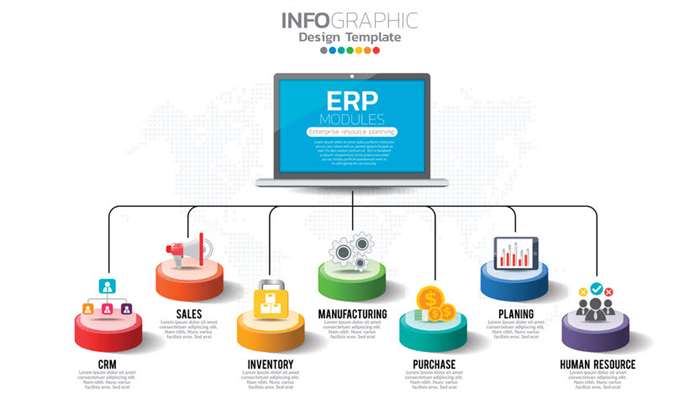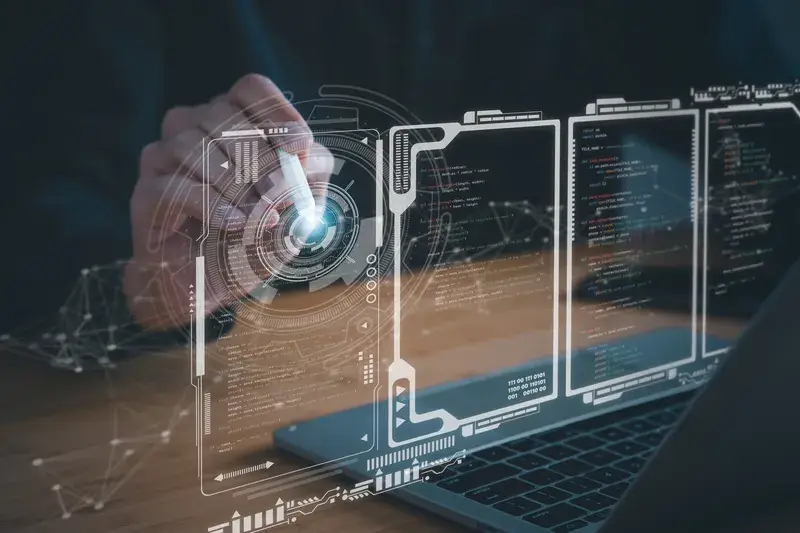Further, Monte-Carlo dropout was investigated to measure the prediction uncertainty and improve the model robustness. A broader approach [93] is developed whereby a three-pronged, integrated teaching, learning, operating strategy is adopted. This approach consists of the human first teaching the robot via natural language instructions, and thereafter, the robot learns from human assembly demonstrations via an RL algorithm. Once the teaching-learning phase is completed, this learned knowledge is used during the operation to actively assist during collaborative assembly tasks. Operation concerns the required active steps, processes, tasks that are completed independently, sequentially, or simultaneously by the human(s) and the robot(s) in HRC systems to achieve planned objectives. Depending on the type of application and system, these operational steps or processes may or may not be pre-planned which will accordingly drive the requirements of a given AI technique chosen to improve operational efficiencies.
[7,8], a high-level, general framework and key elements in smart manufacturing systems and governmental initiatives around the globe are presented. The constituent technologies such as IoT, cyber-physical systems (CPS), cloud computing, big data analytics, and information and communications technology (ICT) and their interrelationships are discussed. A review of the ML and DL techniques and their applications in manufacturing is found in Refs. In these publications, the focus was on the survey of the techniques themselves instead of the requirements derived from the manufacturing system. Several other review papers have focused on specific aspects in manufacturing, providing analysis at a more granular level with support from more detailed examples. [11,12] discussed AI for machine condition monitoring and fault diagnosis, while Ref. [13] provides a comprehensive review of AI in the emerging field of human–robot collaboration (HRC).
1 Artificial Intelligence for Modeling and Control of Manufacturing Processes.
In the future, as humans grow AI and mature it, it will likely become important across the entire manufacturing value chain. Such a system would allow a manufacturer to look at the part that made today, compare it to the part made yesterday, see that product quality assurance is being done, and analyze the NDT that’s been done for each process on the line. The feedback would help the manufacturer understand exactly what parameters were used to make those parts and then, from the sensor data, see where there are defects. On the shop floor, additive manufacturing is becoming an important modality and has prompted adding many new types of sensors to the system, monitoring new conditions affecting materials and fabrication technology only widely adopted in the past 10 years. Newer fabrication systems have screens—human-computer interfaces and electronic sensors to provide feedback on raw material supply, system status, power consumption, and many other factors.
- Then, we’ll craft a customized mobile app or software that leverages technology such as AI, Augmented Reality, Predictive Analytics and more.
- Boeing is embracing the idea of the industrial metaverse, and the company is already building digital twins of their airplanes, along with simulations of the production systems that will build the planes.
- For example, the properties of materials, such as hardness, melting point, and molecular atomization energy, can be classified and described at either the macroscopic or microscopic level [150].
- Developers are building an additive manufacturing “knowledge base” to aid in technology and process adoption.
- By using a process mining tool, manufacturers can compare the performance of different regions down to individual process steps, including duration, cost, and the person performing the step.
This study demonstrated that an AI system can predict the differentiation of stem cells towards eye cells, which was used to significantly improve the quality of this process. The Chan Zuckerberg Initiative is building a “virtual cell” to simulate the key features and behavior of any cell type in the human body. The hope is that scientists can use this “virtual cell” to predict how different cells, including stem cells, will respond to external stimuli. This initiative will use the vast knowledge consolidated by global consortiums such as the Whole-Organism Cell Atlas to build a reference map of every cell type in the body. A. AI in manufacturing involves predictive maintenance, quality control, process optimization, and personalized manufacturing.
A critical review on applications of artificial intelligence in manufacturing
In the third part and final section, it then outlines strategic considerations for addressing key patent eligibility issues likely to arise when patenting AI-enabled stem cell inventions. Identifying inventions involving a combination of AI and stem cell technology and ensuring appropriate patent protection of these inventions is crucial for safeguarding the advances. AI-Augmented Development
AI-augmented development is the use of AI technologies, such as GenAI and machine learning, to aid software engineers in designing, coding and testing applications.

An AI in manufacturing use case that’s still rare but which has some potential is the lights-out factory. Using AI, robots and other next-generation technologies, a lights-out factory operates on an entirely robotic workforce and is run with minimal human interaction. As an example, sensors attached to an airplane engine will transmit data to that engine’s digital twin every time the plane takes off or lands, providing the airline and manufacturer with critical information about the engine’s performance. A factory filled with AI in Manufacturing robot workers once seemed like a scene from a science-fiction movie, but today, it’s just one real-life scenario that reflects manufacturers’ use of artificial intelligence. AIMultiple informs hundreds of thousands of businesses (as per similarWeb) including 60% of Fortune 500 every month. Cem’s work has been cited by leading global publications including Business Insider, Forbes, Washington Post, global firms like Deloitte, HPE, NGOs like World Economic Forum and supranational organizations like European Commission.
AI use cases in manufacturing
Manufacturers typically direct cobots to work on tasks that require heavy lifting or on factory assembly lines. For example, cobots working in automotive factories can lift heavy car parts and hold them in place while human workers secure them. Manufacturing Innovation, the blog of the Manufacturing Extension Partnership (MEP), is a resource for manufacturers, industry experts and the public on key U.S. manufacturing topics. There are articles for those looking to dive into new strategies emerging in manufacturing as well as useful information on tools and opportunities for manufacturers. Network experts can help de-risk your company’s adoption of AI and other advanced technologies via hands-on technical assistance, as well as connecting you with grants, awards and other funding sources. For areas like AI, where not all MEP Centers have the expertise on staff, they can locate and vet potential third-party service providers.
For example, supervised learning in manufacturing system control benefits from the high richness of labeled data, yet the problem is knowledge-sparse. Simulation of manufacturing systems is a path to knowledge through the ease by which training data may be generated. However, this is limited by the model’s ability to reflect reality with a high fidelity. In the area of HRC, many AI technologies are being used to successfully aid in the communication of intent between human and robot, based on voice, gesture, gaze, and explicit commands. The topic of AI in manufacturing has attracted much attention in the scientific community with the number of publications steadily growing over the past 40 years, as shown in Fig.
Harnessing the AI Revolution in Industrial Operations: A Guidebook
These facilities could be proximal to where they’re needed; a facility might make parts for aerospace one day and the next day make parts for other essential products, saving on distribution and shipping costs. Despite the pervasive popular impression of industrial robots as autonomous and “smart,” most of them require a great deal of supervision. But they are getting smarter through AI innovation, which is making collaboration between humans and robots safer and more efficient.

In contrast, a robot teaming model [74] is integrated with a human operator mental model by means of a Markov decision process (MDP). This work highlights how learning can extend across the collaboration space and can be bi-directional in nature. An example [89], of integrating planning, teaching, and learning into robot functions alleviates the human from these supervisory functions. In this work, a learning approach is developed based on symbolic AI (inductive logic programming, or ILP) for task execution in cognitive robots. ILP enables planning, execution, and learning framework where a set of hypotheses are constructed, updated, or discarded as the robot gains new knowledge in the form of further observations.
American Association for Artificial Intelligence
Manufacturing engineers make assumptions when the equipment is designed about how the machinery will be operated. Facility layout is driven by many factors, from operator safety to the efficiency of process flow. It may require that the facility is reconfigurable to accommodate a succession of short-run projects or frequently changing processes. AI in manufacturing is the intelligence of machines to perform humanlike tasks—responding to events internally and externally, even anticipating events—autonomously.

Throughput analysis is aimed at evaluating long-term or short-term productivity of manufacturing systems, which could facilitate system design, performance improvement, and daily operation of production systems. Substantial amounts of research have been devoted to the analysis of manufacturing system dynamics and performance [15–19]. However, the traditional analytical modeling methods based on queuing theory and Markov Chains [17,18,20,21] suffer from two considerable disadvantages. The adoption of data analytics and ML techniques offer great potential to compensate for these shortcomings.
Supply Chain Management
It allows for the early detection of defects, and it also lets manufacturers gather multiple statistics that will help them improve their assembly lines going forward. If a company wants to develop AI capabilities, it needs a professional team with AI technology expertise, industry expertise and AI adoption expertise. Ascertaining where a technology can outperform humans is the proper strategic approach to finding the right AI application scenarios. These technological advances relegated many tedious, rote, and unsafe tasks to machines instead of people. While they eliminated some jobs, however, they also created new ones—many of which demanded more technologically astute operators.
Embracing Responsible AI in Manufacturing – EPAM
Embracing Responsible AI in Manufacturing.
Posted: Wed, 18 Oct 2023 22:00:00 GMT [source]
